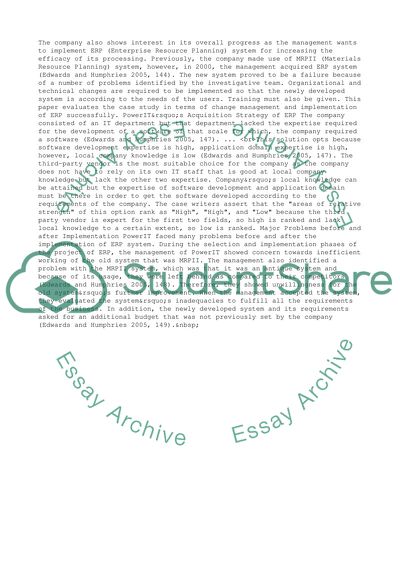Cite this document
(“Technology in an ERP Implementation Essay Example | Topics and Well Written Essays - 1500 words”, n.d.)
Retrieved from https://studentshare.org/business/1409989-change-management-of-people
Retrieved from https://studentshare.org/business/1409989-change-management-of-people
(Technology in an ERP Implementation Essay Example | Topics and Well Written Essays - 1500 Words)
https://studentshare.org/business/1409989-change-management-of-people.
https://studentshare.org/business/1409989-change-management-of-people.
“Technology in an ERP Implementation Essay Example | Topics and Well Written Essays - 1500 Words”, n.d. https://studentshare.org/business/1409989-change-management-of-people.


